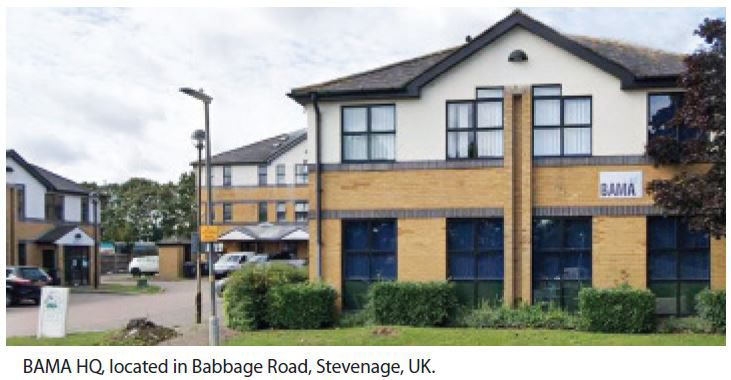Written on: January 1, 2023 by Patrick Heskins
Just over 35 years ago, I left my first job as an analytical chemist and started work in the customer service lab of a company called Aerosol Research & Development (ARD), an aerosol
valve manufacturer based just outside my home city of Portsmouth, on the south coast of England.
I had no idea at that time quite what I was getting involved with. I worked in a lab; this was just another job in a lab. I thought, I can do that.
ARD sort of still exists, having been bought out by Lindal in the late 1990s. One of the mainstays of its valve range was a powder valve called the CA39F. To the best of my knowledge, this valve is still in production today, a credit to the quality of its design from the 1980s. I am not sure that many products from the ‘80s have had the same longevity.

Certainly, the chlorofluorocarbon (CFC) propellants I used occasionally back then are long gone. At about the time Lindal was buying ARD, I left to take on the role of Technical Manager at Coster Aerosol, based in Babbage Road in Stevenage, a post-war “new town” built primarily in the 1960s and ’70s. There seems to be some sort of attraction for valve manufacturers in the UK to new towns. Coster was in Stevenage, Precision Valve is in Peterborough and Lindal is based in Leighton Buzzard, just outside the Daddy of all UK new towns, Milton Keynes.
Also based just outside Milton Keynes was my third (and final) valve company, Seaquist Perfect Dispensing, which was based in the home of the WWII code-breakers—Bletchley. At that time, Seaquist Perfect Dispensing was a brand within Aptar Group. Since then, Aptar has reorganized its business and the aerosol company I used to work for now sits in its Beauty + Home division.
After eight happy years at Seaquist Perfect, I joined Reckitt Benckiser as Aerosol Innovation Manager, based at its R&D facility in Hull, UK. I got to work on some of the biggest aerosol brands in the world including Air Wick, Lysol, Dettol, Veet, Mr. Sheen, Mortein and Olde English. I also got to see how aerosols, and the various components that make them, are produced in different regions, and got fantastic insights into how and why consumers buy products in aerosol dispensers.
This experience helped me enormously when I applied for the role I now enjoy, Chief Executive of the British Aerosol Manufacturers’ Association (BAMA), which, by a bizarre coincidence, is based in Babbage Road in Stevenage—a gentle stroll from the old Coster factory, which still has the customer service lab I helped set up in the car park.
What is the point of this wander down memory lane? Well, I have enjoyed 35 years in the aerosol industry, along with a happy marriage for almost the same length of time. It has provided me with a number of wonderful, diverse jobs and now—freed from the unending pressures of getting a delivery in to a customer on time, conducting lab tests or preparing samples for storage trials or consumer testing—I can take a step back and look at how others might enjoy a similarly happy and lengthy career.
There are plenty of potential issues facing us in the coming years. You only have to look at the impact of the war in Ukraine to realize that in our modern, interconnected world, what 50 years ago might have been seen as a “local” conflict now has global ramifications. Climate change, the push to net zero and the circular economy, whether you agree with the analysis or not, will all have an impact on our industry as policy makers look to control and reduce many of the materials we currently take for granted, certainly in Europe.
We can probably continue to do what we do, and the aerosol industry will carry on in its current guise for another 20 years. However, regulations will become more stringent. Raw materials will become scarcer and more expensive. The range of ingredients we can use will become smaller and smaller. New dispensing systems will, almost certainly, come on the market to challenge the products we make and probably, most significantly, consumer attitudes will change.
I have two children who are considered to be “Millennials” and I can promise you their attitudes and priorities are as different to mine as mine are to my parents. Should I be blessed with grandchildren, I suspect they will be similarly different to their parents.
The aerosol industry, in the time I have been involved with it, has constantly evolved and innovated. I believe now is the time for us to look at how more fundamental change might be embraced to allow us to continue to supply consumers with the safe, high-quality products we always have; however, how they are produced, distributed and used might radically differ from what we currently do.
We have the opportunity, with all the skills and knowledge contained within our industry, to act now and take the lead on what and how we might make aerosol dispensers for the second half of the 21st Century. SPRAY